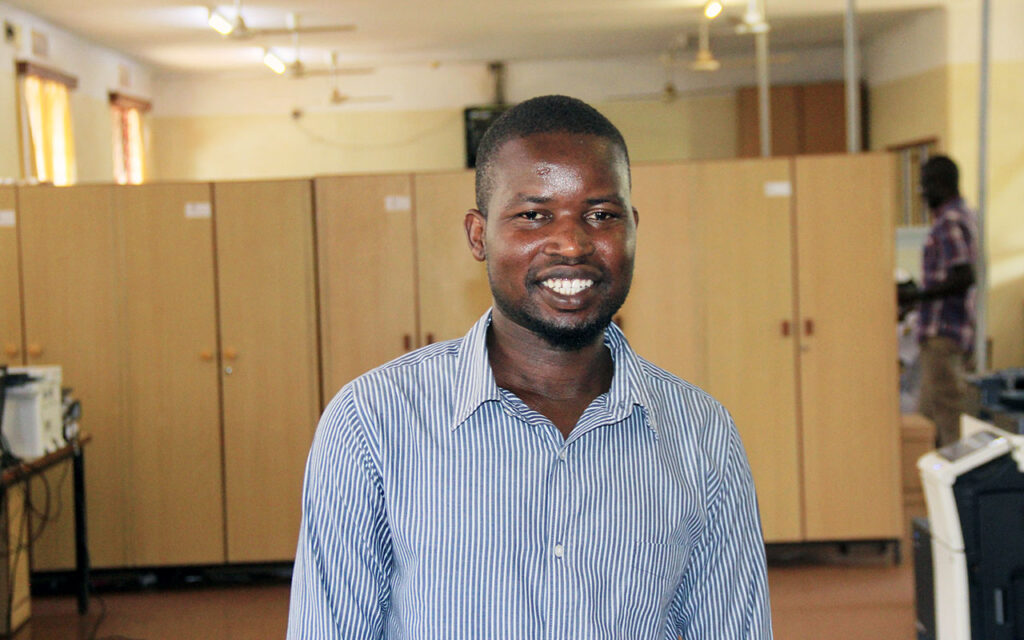Developing an educational resource on DDAVP for persons with bleeding disorders
Desmopressin, or DDAVP, plays a crucial role in the treatment of persons with inherited bleeding disorders, including von Willebrand disease, haemophilia A, platelet disorders, and undefined bleeding disorders. It works by enhancing the release of von Willebrand factor and factor VIII (8), which are essential components of the clotting cascade. If you live with an inherited bleeding disorder, DDAVP can be a lifeline when it comes to managing bleeds.
Fostering independence
As a nurse practitioner at the Adult Bleeding Disorder Program of BC/Yukon, I saw a need for clear and concise patient education materials about DDAVP self-administration. Working with a colleague, we created a concise clinical guide, with step-by-step instructions on how to self-administer DDAVP. Our aim was to empower patients by giving them the skills they need, thus creating greater independence in managing procedures or bleeds.
While the pamphlet we produced was (and continues to be) a helpful resource I also recognised the value in providing additional modes of learning to ensure that the patient education we wanted to deliver was even more accessible. With this in mind, an instructional video about how to self-inject DDAVP seemed to be a logical next step.
Demystifying DDAVP
Despite a thorough internet search, I discovered no videos aimed at persons with inherited bleeding disorders that addressed all the crucial aspects of using DDAVP, such as self-injecting, the breaking of the glass ampule, storage of the medication, and the potential side effects. So, I decided to make one myself. In 2020, I reached out to Haemnet with hopes of collaborating; however, global circumstances thwarted our progress. A little further down the line, I was able to connect with a Canadian organisation specialising in patient education, and worked with them and my colleagues to create an educational video to fill this critical gap.
Members of the team at the Adult Bleeding Disorder Program share a common commitment to empower individuals on their health journeys, ensuring they possess the knowledge required to navigate with confidence. Our animated video provides succinct step-by-step instructions along with a comprehensive visual narrative, which effectively demystifies the process of self-injecting DDAVP. My hope is that the video will not only simplify the educational messages, but also serve as a bridge between medical complexity and patient understanding.
The power of animation in patient education
Animated digital patient education materials provide a user-friendly format which utilises both verbal and visual elements – and they can be transformative in their ability to provide essential information on subjects that may seem daunting or intimidating. They prove particularly helpful for individuals with limited health literacy, and ensure equitable access to information. The English version of the video is available in multiple languages using subtitles, and there is a French language version available.
We recognise the global relevance of this useful knowledge and are hopeful that with the help of the internet, patients and caregivers from diverse backgrounds around the world can access this educational resource. The value of clear and concise healthcare education cannot be overstated. My hope is that this video will bridge the gap between medical intricacies and patient understanding, ultimately empowering persons with inherited bleeding disorders to confidently manage the self-injection of Desmopressin.
The patient education video DDAVP (Desmopressin): A guide to help you self-administer DDAVP in the context of a bleeding disorder was completed through collaboration with the healthcare providers at the Adult and Pediatric Bleeding Disorder Treatment Centers in British Columbia/Yukon, Canada, and Precare.
About the author
Michelle Bech MN ACNP NP (A) is a Nurse Practitioner at the Adult Bleeding Disorder Program of BC/Yukon in Canada.
If you would like to know more about how Haemnet uses animation to share information about bleeding disorders and communicate research findings, email us at publishing@haemnet.com


